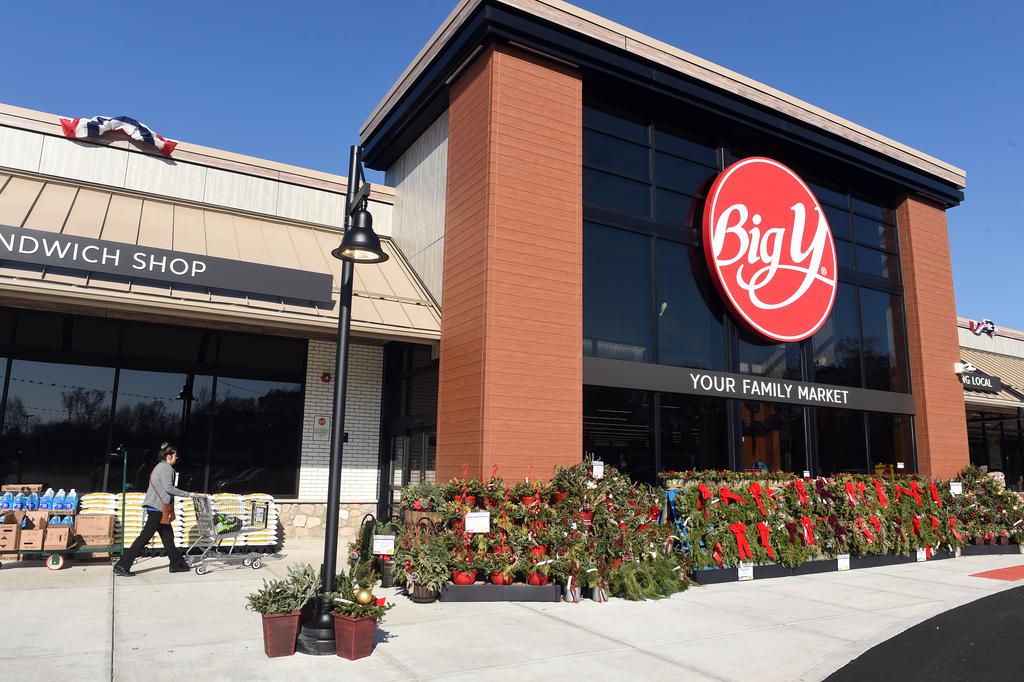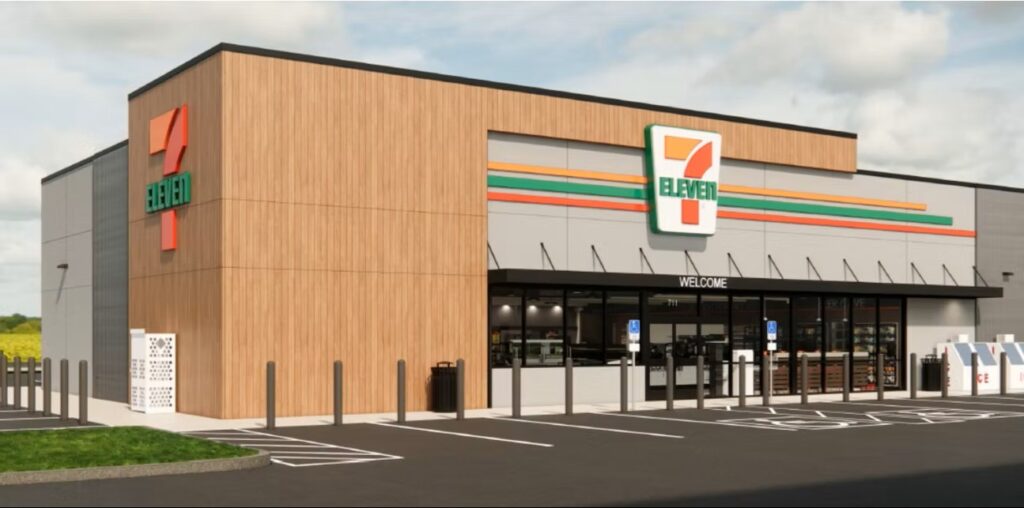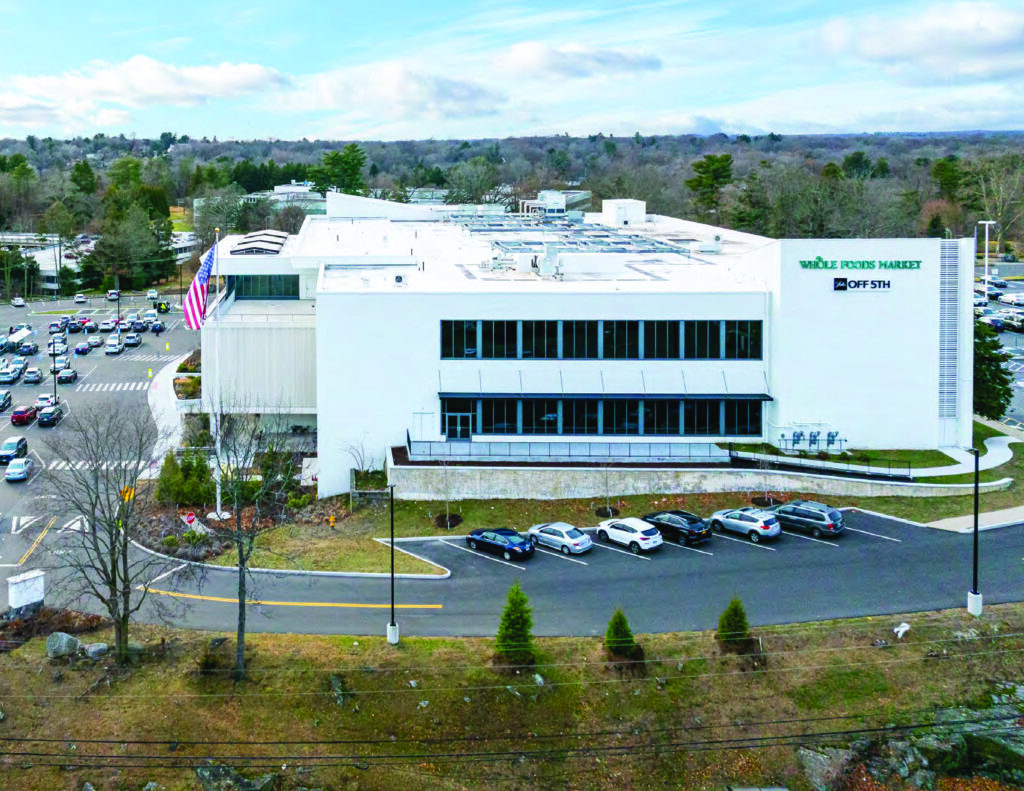“In-person retail is dead.”
That was a refrain shared by some experts during the pandemic, which led to a major uptick in online retail sales as people feared going to brick-and-mortar stores. Even before the pandemic, the rise of Amazon and other e-commerce giants raised questions about the future of in-person shopping.
While it’s true some major U.S. retailers felt significant pain during and coming out of the pandemic — brand names like Sears, Bed Bath & Beyond, Lord & Taylor and JCPenney filed for bankruptcy and shuttered stores in recent years — the retail real estate sector, not including mall properties, has stabilized and even experienced a comeback in certain areas, experts say, due to rebounding demand for “experiential” or in-person consumerism.
At the end of the first quarter of this year, the national shopping center vacancy rate was 5.4%, which was in line with the average over the prior four quarters and near the lowest level experienced in the last two decades, according to a recent report from real estate firm Cushman & Wakefield.
Locally, retail property vacancy rates are even lower, at 4.23% in the Hartford region, with almost 3.35 million square feet of vacant retail space, and 4.14% in Connecticut, or 9.42 million square feet of available space, according to real estate analytics firm CoStar.
That data includes empty mall space.
“The retail market remains in a decidedly stronger place than prior to the pandemic, as consumers and retailers have shown a renewed appreciation for the in-person shopping experience,” according to the Cushman & Wakefield report.
Dan Zelson is a principal at Westport-based Charter Realty and Zelco Properties & Development, which is managing the new 130,000-square-foot retail center within Cheshire’s Stonebridge Crossing mixed-use development.
Despite being more than a year away from debuting, Stonebridge Crossing’s retail space is already 80% leased, including by anchor tenant Whole Foods, which will occupy 40,000 square feet, Zelson said.
Other tenants that have signed leases include Mercato Italian Kitchen & Bar, Market Place Kitchen & Bar, Birdcode, Blender Bar, Chipotle, Saybrook Home furnishings, TJ Maxx, Pet Supply and GoHealth Urgent Care. Zelson said he expects retail space within Stonebridge Crossing, which will also include apartments and townhomes, to be 100% occupied before any stores open for business.
Charter/Zelco manages more than 8 million square feet of retail space nationwide, and since the end of the pandemic, almost all of it, except mall space, has been absorbed, Zelson said.
There’s particularly low inventory of grocery store space, which has about a 2% vacancy rate nationwide, making that real estate among the most desirable, Zelson said.
Contributing to the lack of inventory is very few new builds coming online, he added.
CoStar has tracked 13 retail centers that have been built in Connecticut since 2019, totaling 1.35 million square feet, and currently only three retail centers are under construction.
‘Incredibly resilient’
Don Poland, senior vice president and managing director of planning and strategy at East Hartford-based real estate advisory firm Goman+York, said in-person retail centers are doing better compared to three or four years ago, but it’s “nuanced and variable. Segments of retail are doing better, (like) food and beverage, and national chains over locally owned,” he said.
“Amazon-proof” retail outlets include in-person grocery and clothing stores, salons, coffee shops, spas, dentists, recreation centers, bars, restaurants and breweries, experts said.
“Households are increasingly shifting their consumption patterns to include more travel and consumer services, which benefits shopping centers that cater to those experiences but pressures traditional retailers that rely on discretionary retail spending,” the Cushman & Wakefield report said.
“Through February, real retail sales declined in four of the past five months and were 1.6% lower than a year prior. Still, most of the retail sector remains healthy and in expansion mode,” the report said.
Nationally, the number of store openings has outpaced closings for three consecutive quarters, the report added.
Ben Starr, a partner in real estate services firm Atlantic Retail, said fitness centers and grocery stores are thriving. Retailers like Whole Foods, Wegmans and Stew Leonards are taking over vacant spaces throughout the state.
Springfield, Mass.-based Big Y recently debuted a new store in Brookfield and plans to open two additional Connecticut locations later this year in Middletown and Westport.
“In-person shopping has proved incredibly resilient,” Starr said. “The grocery sector is doing great, and it’s indicative of what’s going on outside the malls, which were overbuilt and now underperforming.”
Also, retailers pairing with other bargain stores like TJ Maxx locations will find strong demand and foot traffic. And many national retailers with their own branding are seeking new construction.
“Each retailer has its own product, their own building, so you’re always going to see new Starbucks, Chipotles, Whole Foods, Costcos, they want their own footprint, their own floor plan,” Poland said.
One challenge to new construction is the higher costs of materials and borrowing, Zelson said.
“New construction is really tough, everything has to be perfect for those to occur,” he said. “If interest comes down and prices level off, we may see more development.”
And new development is more often coming in smaller sizes, industry experts agree, like custom-built shops for chain restaurants. There’s much less appetite for new, large shopping centers.
“The rents don’t justify new builds,” especially larger-scale retail projects, Zelson said.
By Hanna Snyder Gambini – Hartford Business Journal
To read this article online, click here





